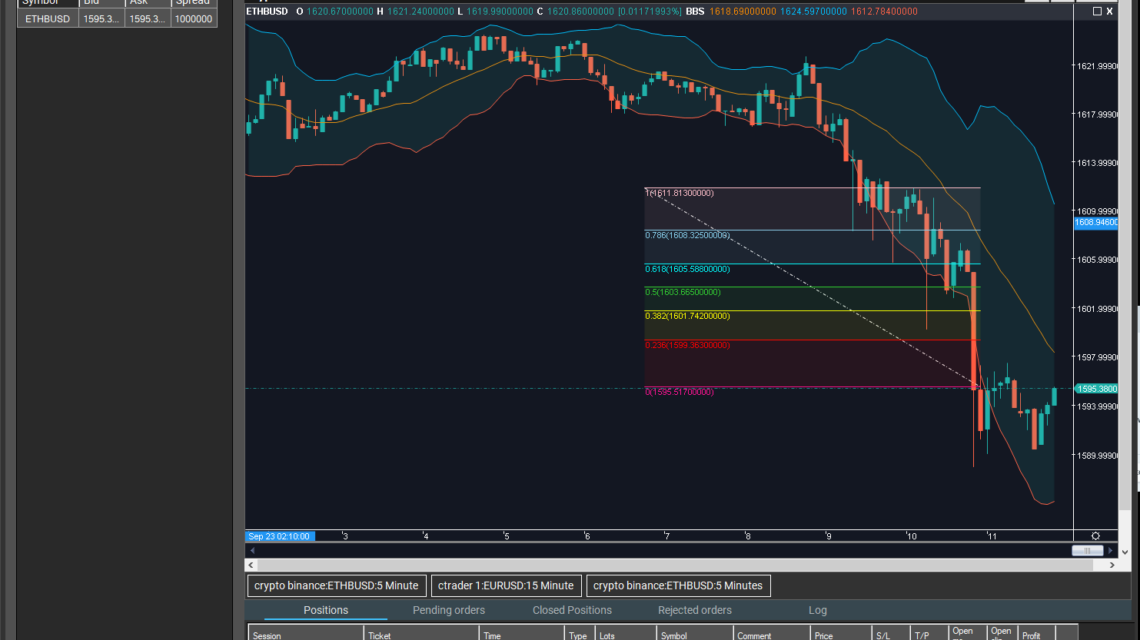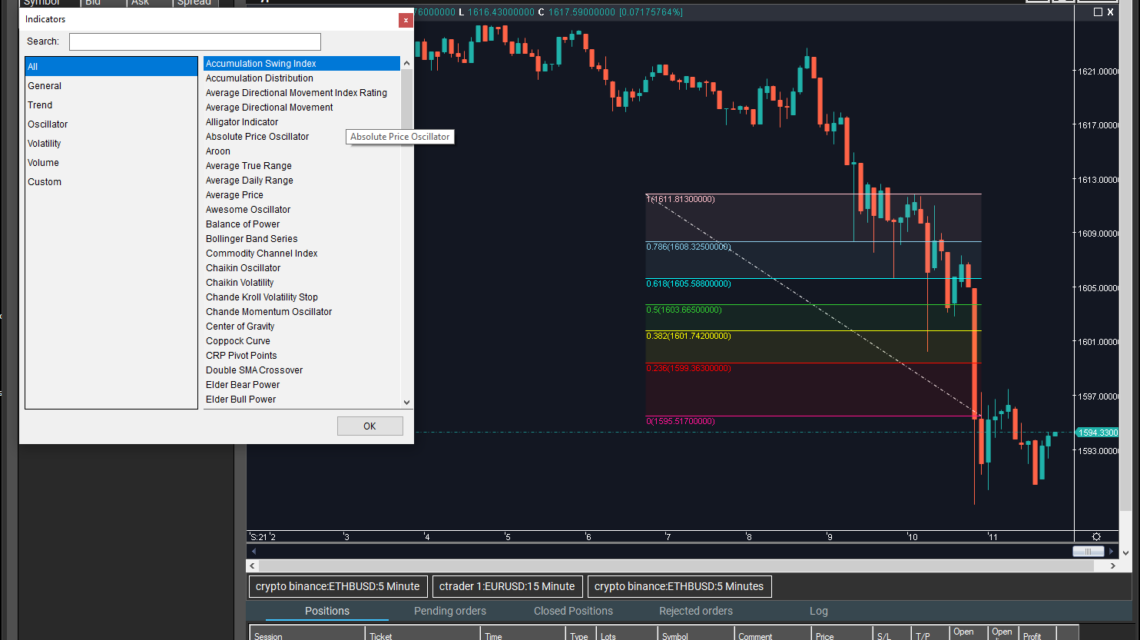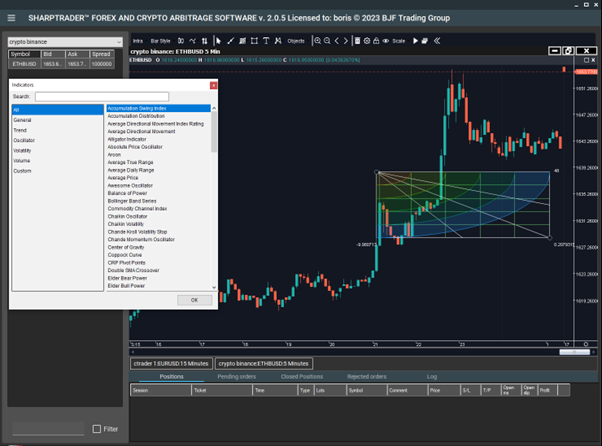Forex Latency Arbitrage – A Quick Start Thursday September 21st, 2023 – Posted in: Arbitrage Software, cryptoarbitrage software, Forex trading
I am often asked how to quickly start forex latency arbitrage trading without having a basic understanding of arbitrage trading. Arbitrage trading is a method of profiting from price discrepancies of the same asset across different markets or platforms.
Essential steps to start Forex latency arbitrage trading
Key Procedures to Kickstart Your Forex Latency Arbitrage Journey
To commence arbitrage trading, you need to undertake the following steps:
Education and Research
- Familiarize yourself with the basics of arbitrage trading and its various types.
(e.g., forex latency arbitrage and how it differs from statistical or triangular arbitrage, what hedge arbitrage is, and so forth). We consistently discuss different forms of arbitrage in our articles, and our blog can assist in understanding the foundations of forex arbitrage. I advise being critical of articles on websites from non-professional traders and developers who often may need to gain adequate knowledge in arbitrage trading.
- Study the market and specific instruments or assets you plan to use.
Understanding that arbitrage trading can be applied to various markets, such as the forex, stock, and cryptocurrency markets, is vital. This implies different instruments, like currencies, indices, precious metals, stocks, and cryptocurrencies. Next, I’ve highlighted some essential considerations for arbitrage trading and marked what seems most crucial to me in red.
When it comes to understanding the market and specific instruments or assets, it’s essential to consider the following aspects:
Market Fundamentals
- Types of Markets
Understand the difference between stock markets, currency markets (Forex), commodity markets, etc.
- Key Players
Who are the primary participants in the market? (e.g., institutional investors, retail traders, banks, etc.)
- Trading Hours
When does the market open and close? Are there specific times when activity spikes or decreases? This knowledge is vital when setting up trading sessions, for example, when trading CFDs.
Asset or Instrument Specifics
- Volatility
How quickly and frequently does the asset’s price change?
- Liquidity
How easily can you buy or sell the asset without significantly impacting its price? This aspect is essential when arbitraging cryptocurrencies. Especially if you’re using latency crypto arbitrage. When purchasing a crypto token, one should be aware of its liquidity and the real liquidity of that token.
- Key Price Influencers
These could be economic news, political events, corporate reports, etc.
Analysis
- Technical Analysis
Using indicators and patterns to predict future price movements, studying price charts. I did not highlight this point in red. Still, for arbitrage trading, we recommend using proprietary bots in conjunction with latency arbitrage EA or manual trading to mask the latency arbitrage EA or another arbitrage strategy or high-frequency trading.
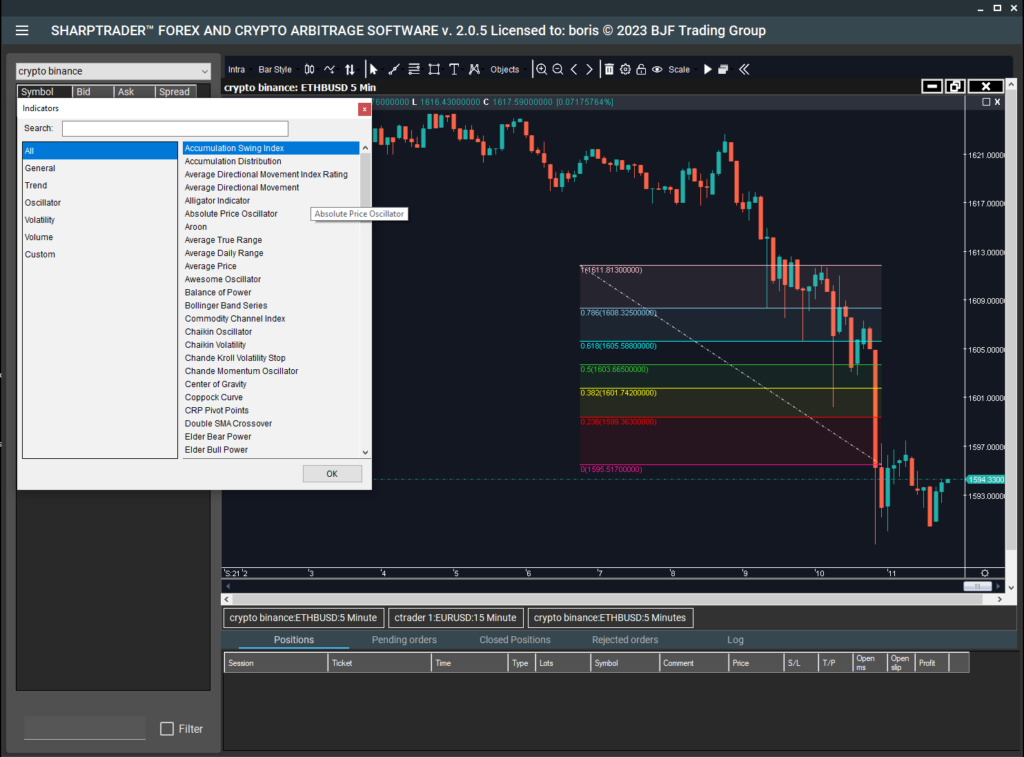
Pic. 1 – SharpTrader Arbitrage Software – charting tools: Fibonacci

Pic. 2 – SharpTrader Arbitrage Software – Indicators: Bolinger bands…
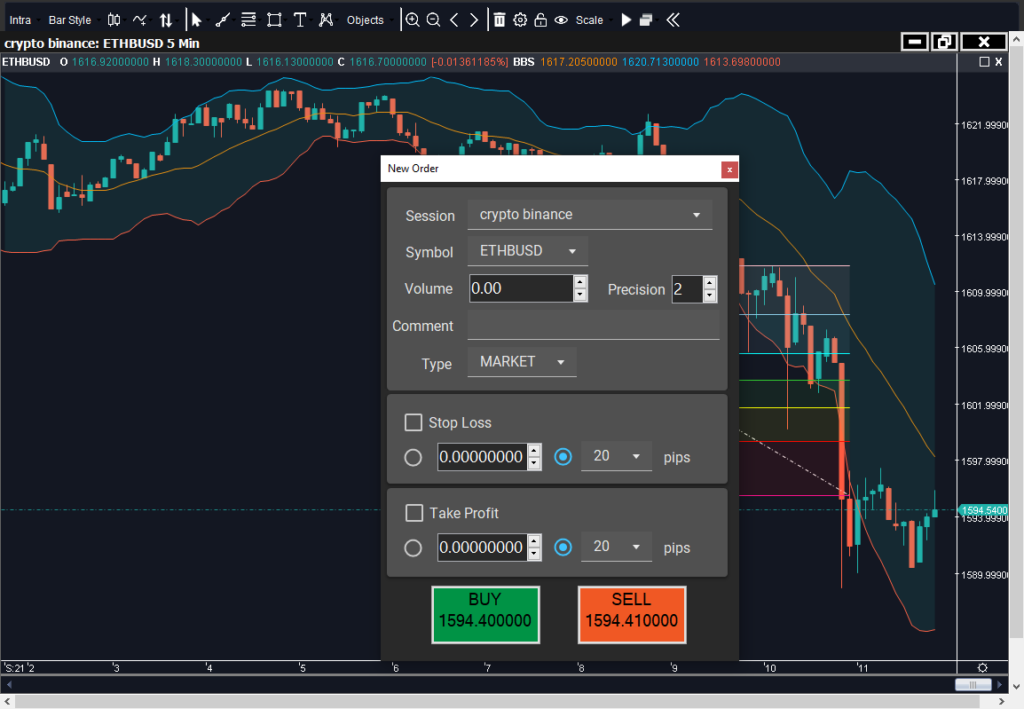
Pic. 3 – SharpTrader Arbitrage Software – Orders panel
SharpTrader Arbitrage software contains built-in indicators and charting tools for tech analysis.
Video 1 – SharpTrader Charting and Manual Trading
- Fundamental Analysis
Analysis of economic data, company reports, news, and other “fundamental” factors can influence an asset’s price.
Tools and Platforms
- Understanding Different Trading Platforms
Know how various trading platforms work and the tools they offer. For instance, what types of charts, indicators, news feeds, and other tools are available for analysis and decision-making?
Risks Associated with the Asset
- Some assets may be riskier than others due to the market characteristics they are traded on or external factors, such as the political situation in the country.
Legislative and Regulatory Foundation
- Understand the primary laws and regulatory measures that govern trading this asset or on this market. To trade successfully in the market, a trader must deeply understand the specifics of the chosen market and the assets they plan to work with. This will allow for informed decisions and risk mitigation. Here, I would emphasize the need to understand which regulatory body regulates the given broker and how reliable this regulation is concerning your jurisdiction.
Capital
- Determine the initial capital you are willing to invest.
- Bear in mind that arbitrage often requires swift trades with large volumes to reap substantial profits.
Prop Firms vs standard brokers for latency arbitrage trading
Arbitrage trading can be conducted either with one’s capital or through so-called “prop firms” (proprietary trading firms). There are several key differences between these two methods:
Initial Capital
Own Capital: The trader uses their funds for trading and is fully responsible for the results.
Prop Firm: The trader is provided with the firm’s capital for trading, allowing them to work with a larger volume of funds than they have in their account.
Distribution of Profits and Losses
Own Capital: The trader keeps all the profits and comprehensively covers all losses.
Prop Firm: Profits and losses are typically shared between the trader and the firm according to a particular scheme.
Education and Resources
Own Capital: Traders working with their own capital often have to search for educational resources and tools independently.
Prop Firm: Many prop firms offer their traders training and access to premium tools and data.
Regulation and Risks
Own Capital: The trader sets their own trading limits and risks.
Prop Firm: Firms often set specific limits and stop-losses for their traders to manage risks. For this reason, we have made it possible to set a hard stop loss and configure equity stop in SharpTrader Arbitrage Software. For challenges in prop firms, we recommend using SharpTrader Arbitrage Software with LockCL2’s built-in latency arbitrage strategy.
Video 2– How to add and adjust LockCL2 built-in arbitrage strategy

Pic. 4 – SharpTrader Arbitrage Software – Hard Stop Loss (SL)

Pic. 5 – SharpTrader Arbitrage Software – Equity manager
Freedom and Independence
Own Capital: The trader can choose strategies, markets, and trading styles.
Prop Firm: There may be specific rules or guidelines that the trader must adhere to.
Infrastructure and Commissions
Own Capital: Traders pay commissions to their broker and may face the need to invest in trading software and other tools.
Prop Firm: Traders often get more favorable commission terms due to the firm’s trading volumes.
Depending on personal preferences, experience, and capital, a trader can trade with their own capital or through a prop firm. Each of these approaches has its advantages and drawbacks.
Technological Provisioning
Choose a suitable platform or software for arbitrage trading. Some platforms offer automated tools for identifying real-time arbitrage opportunities. Our company has developed the SharpTrader program for arbitrage trading across various markets, platforms, and instruments. You get all the benefits of arbitrage trading in one tool.
Video 3 – SharpTrader Introduction video
Opt for a virtual server for high-frequency trading. The most suitable servers for high-frequency trading, in my opinion, are UltraFXVPS.com for NY and LD locations, and Beksfx.com for Tokyo.
Opening Brokerage Accounts
Open accounts on multiple trading platforms or exchanges where you intend to practice arbitrage.
Strategy Development
If you are considering developing your own arbitrage algorithm and writing your own arbitrage strategy, I recommend reading our article, “FOREX ARBITRAGE BOT – HOW TO CREATE YOUR ARBITRAGE ALGORITHM.
However, there’s an easier solution. Firstly, you can select one of the existing arbitrage strategies integrated into the SharpTrader arbitrage. Or you can send us a description of your algorithm, and we’ll integrate it into SharpTrader for you.
Market Analysis and Monitoring
Continually analyze the market for arbitrage opportunities.
If possible, utilize automated tools and algorithms to track and respond to opportunities in real-time.
Risk Management
Like any other, arbitrage trading comes with risks. Ensure you have a clearly defined risk management strategy.
Continuous Learning and Adaptation
Markets are continually evolving. Learn new strategies, adapt your approach, and stay updated with market news.
Remember, like all trading forms, success in arbitrage trading requires dedication, continuous learning, and risk management. Staying updated and utilizing technological advancements will give you a competitive edge in the market.
 Deutsch
Deutsch 日本語
日本語 العربية
العربية 한국어
한국어 中文
中文
